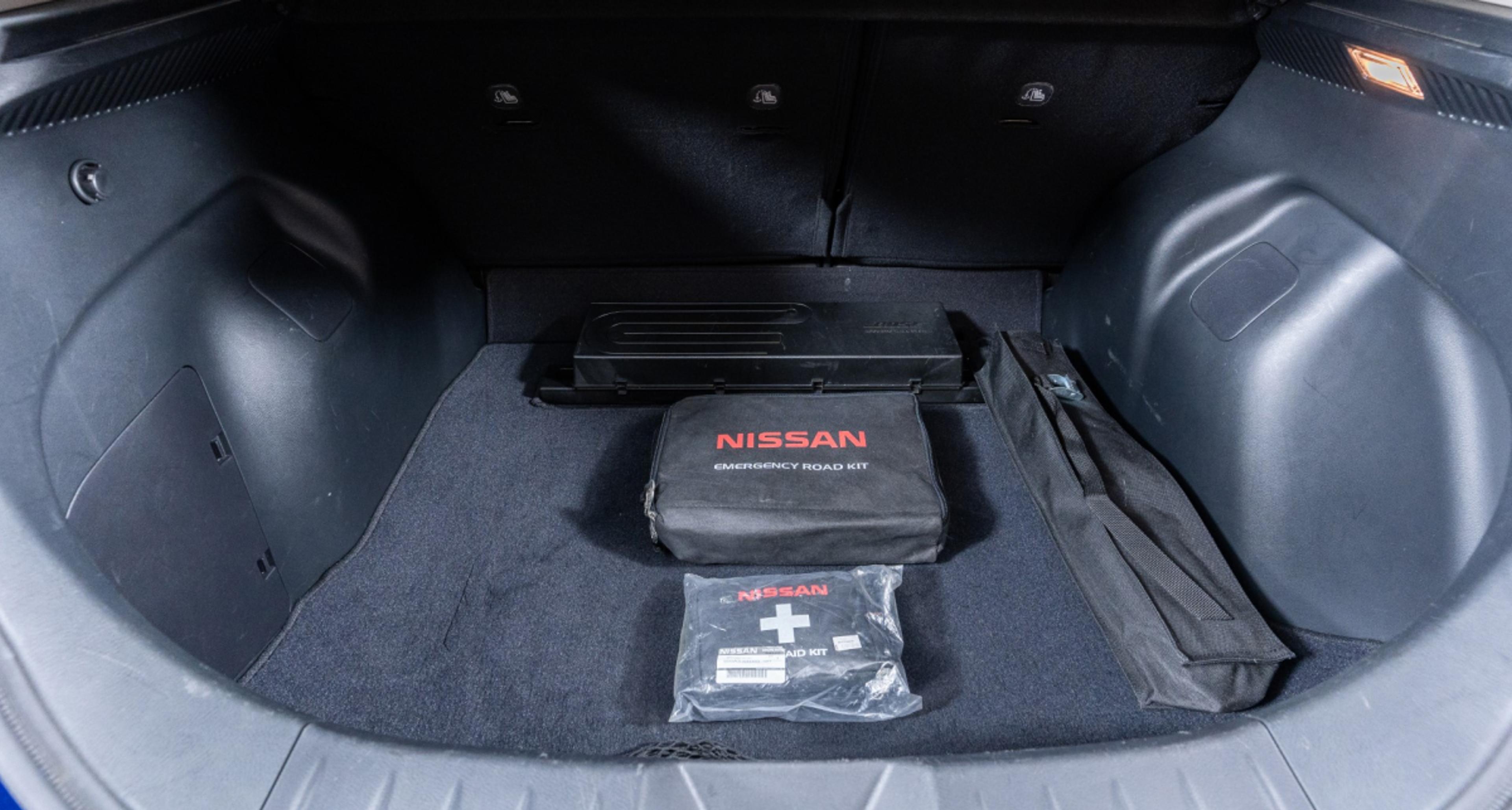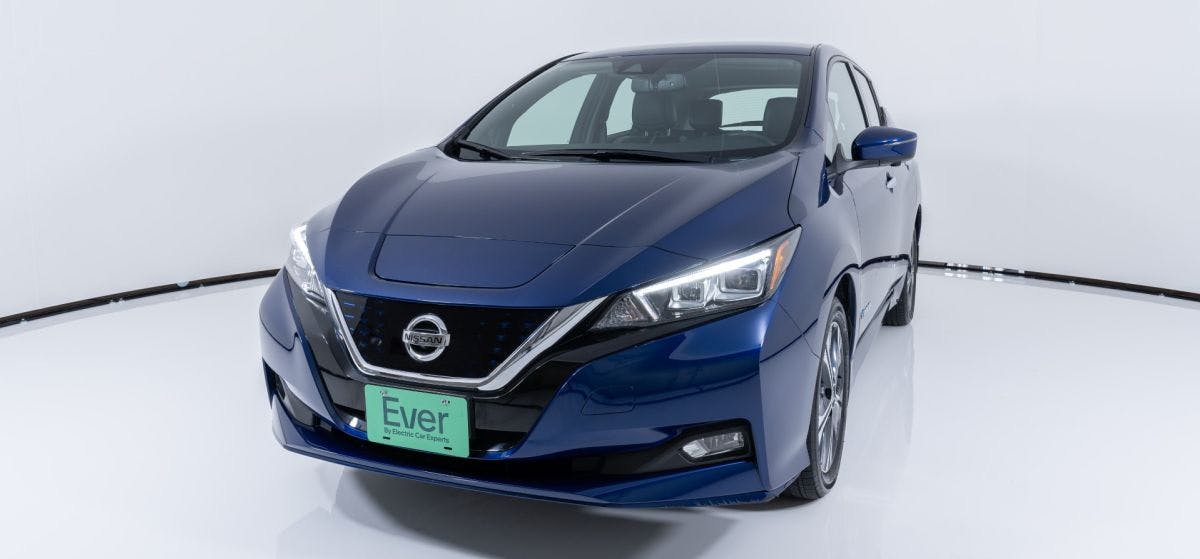The 2011 Nissan LEAF was the first mass-produced, affordably-priced EV of the modern era. Packing a 24kWh lithium-ion battery pack and a 107-horsepower front-mounted electric motor, there wasn’t much distinguishing the LEAF from a compliance EV. However, it was built on its own bespoke platform and even offered 46kW DC fast charging.
Early LEAF model years from 2011 to 2017 weren’t too highly regarded. Plagued by steep battery degradation – thanks to their non-liquid cooled battery packs and a somewhat eccentric design language – the early Nissan LEAF models did not hold up well against time.
Nissan improved newer LEAF models drastically. With a 2018 refresh, the newer LEAF models are now far more desirable and provide a great option for someone looking for an affordable EV for everyday use. The newer model years still don't have battery packs with liquid cooling, continue to rely on the outré CHAdeMO charging connector, and aren’t as tech-centric as some of the more premium EVs. However, they do provide 200+ miles of range, 200+ horsepower output, and great basic drivablity. For example, the 2023 Nissan LEAF offers 212 miles of range with 214 horsepower – all this while being one of the most affordable EVs available in the US with plenty of new and used LEAFs available in the market. It's no wonder the LEAF has been listed as one of the top 5 electric cars in 2023 by U.S. News, MotorTrend, Edmunds, Kelley Blue Book, and others.
Nissan LEAFs are also interesting from federal EV tax credits' perspective. New Nissan LEAFs qualify for the full $7,500 federal tax credit – thanks to their manufacturing location in Tennessee. There are also plenty of used Nissan LEAFs being sold for under $25,000, making them eligible for the $4,500 used EV tax credit.

What Nissan LEAF Model Years Are Available?
2011-2017 Nissan LEAF
The first Nissan LEAF model year was introduced to the market in the last quarter of 2010 – with a fully-electric powertrain in an affordable package. Starting at $32,780 or $25,280, factoring in the federal tax credit, the Nissan LEAF proved electric cars could be somewhat appealing to the masses.
In its two initial model years, the LEAF could travel 73 miles on a single charge thanks to a 24kWh battery pack. For 2013 and 2014, Nissan upped the range to 75 miles with the same pack. In 2015, Nissan once again increased the range, with this model year receiving a little extra surge to go 84 miles. The following year, Nissan introduced a larger 30 kWh battery pack, allowing the LEAF to venture 107 miles. However, this battery was only available on S and SV trims. In 2017, Nissan made the larger battery standard with 107-mile range available for all LEAF trims.
While the original LEAF made significant progress in the mass adoption of electric vehicles, it wasn’t without faults. An overall low range, high rates of battery degradation, and a polarizing design hindered it from reaching its maximum potential. This is why 2017 and prior Nissan LEAFs typically sell at relatively low prices in the used car market, and many recommend going for 2018 and onward LEAF model years.
- Battery size: 24 to 30kWh
- Charging: 50kW, CHAdeMO
- Range: 73 - 107 miles
- Power: 107 horsepower
- Available trims: S, SV, and SL
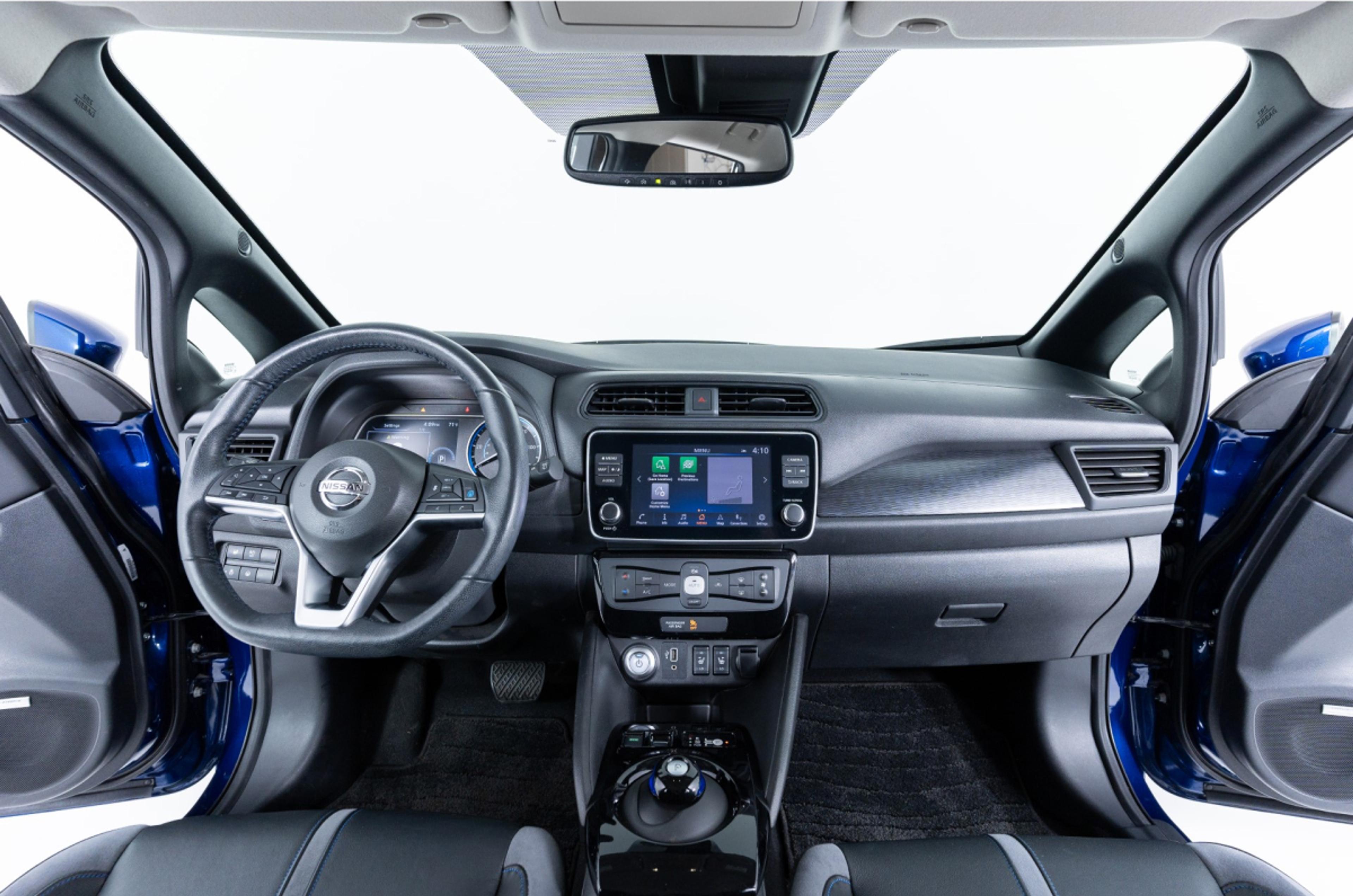
2018 Nissan LEAF
In 2018, Nissan improved its foliage-inspired EV significantly. The Japanese automaker improved the LEAF’s range significantly. Instead of barely breaking through the three-figure threshold, the LEAF could now travel a much more substantial 151 miles on a single charge. Moreover, the LEAF's power output increased by 37%, packing 147 horsepower in the front-mounted unit. On the basis of driving software, it now features a highly-refined one-pedal driving system called e-Pedal.
Along with the powertrain additions, Nissan took a much more austere approach when it came to its new design. Safety features also improved with adaptive cruise control offered as standard on SV and SL trims with the availability to opt for ProPilot Assist, a feature offering level 2 autonomy.
- Battery size: 40kWh
- Charging: 50kW, CHAdeMO
- Range: 151 miles
- Power: 147 horsepower
- Available trims: S, SV, and SL
2019 Nissan LEAF
Following the refresh of the outgoing model year, Nissan stepped things up another notch with the new Plus lineup. This additional entry offered the same S, SV, and SL trims with a larger 62kWh battery pack. Along with the bigger battery came enhanced charging capabilities and a more powerful 214-horsepower electric motor. This new package made the LEAF a more compelling entry, especially against its Bolt EV rival. It’s still important to note that Nissan never dropped the CHAdeMO charging port, meaning that planning trips are a little more complicated than a CCS-capable EV.
- Battery size: 40 to 62kWh
- Charging: 50 to 100kW, CHAdeMORange: 151 to 226 miles
- Power: 147 to 214 horsepower
- Available trims: S, SV, SL, S Plus, SV Plus, and SL Plus
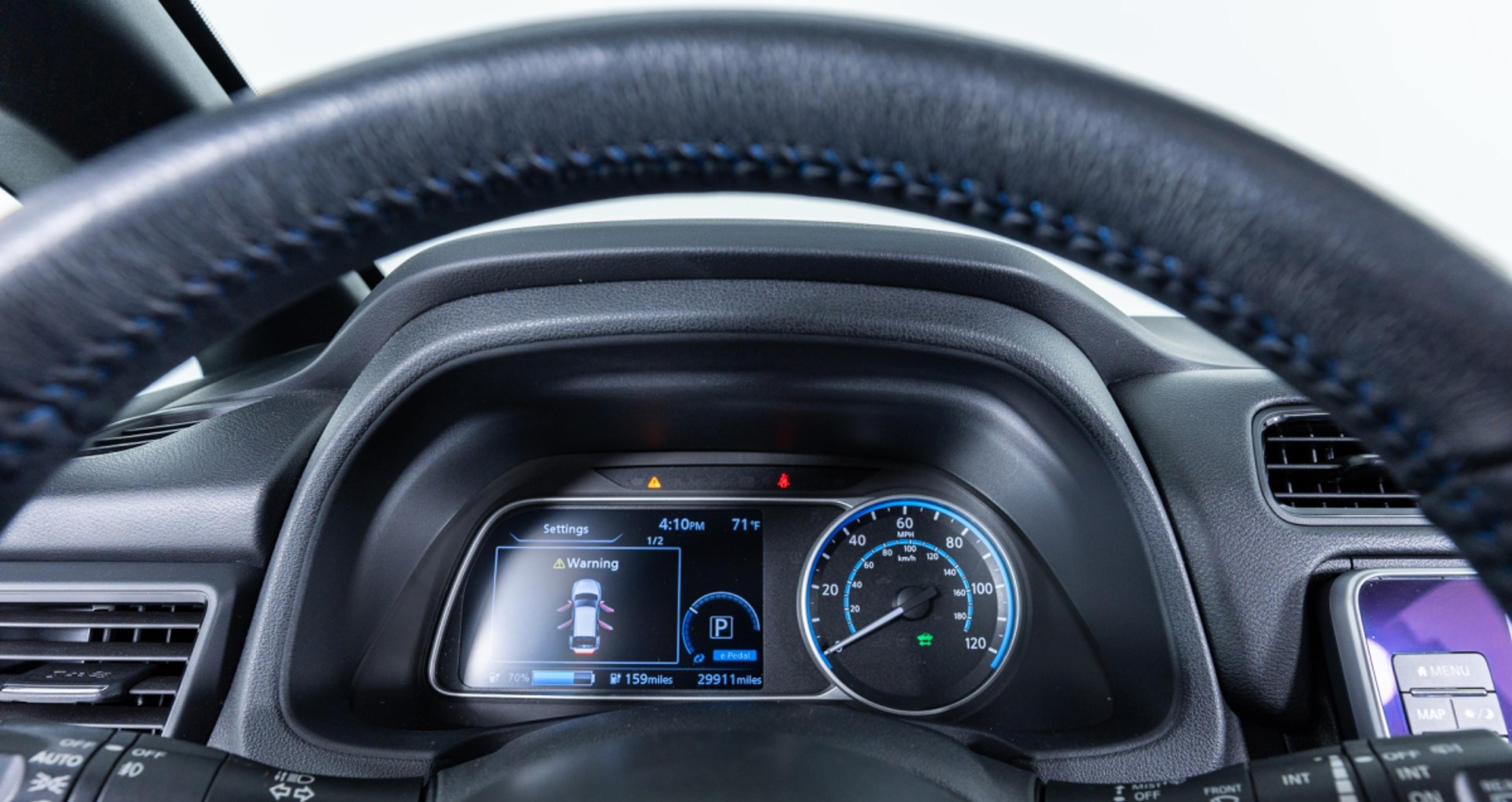
2020 Nissan LEAF
The 2020 Nissan LEAF received many upgrades over its outgoing variant. All models now feature a more substantial 8.0” center display screen as well as Android Auto and Apple CarPlay connectivity. Nissan also enhanced standard safety features with automatic emergency braking, rear cross-traffic alert, blind spot warning, and lane departure warning. Thanks to federal regulations, 2020 and newer Nissan LEAF models are equipped with a pedestrian sound generator.
- Battery size: 40 to 62kWh
- Charging: 50 to 100kW, CHAdeMO
- Range: 150 to 226 miles
- Power: 147 to 214 horsepower
- Available trims: S, SV, SL, S Plus, SV Plus, and SL Plus
2021 Nissan LEAF
Over the outgoing model year, there were no changes within the Nissan LEAF's options or schematics. The same 40 and 62kWh battery packs are still available, as well as the trims. The SL Plus remains the most desirable, with leather seating, Bose audio, and ProPilot Assist, among other luxury amenities as standard.
- Battery size: 40 to 62kWh
- Charging: 50 to 100kW, CHAdeMO
- Range: 149 to 226 miles
- Power: 147 to 214 horsepower
- Available trims: S, SV, SL, S Plus, SV Plus, and SL Plus
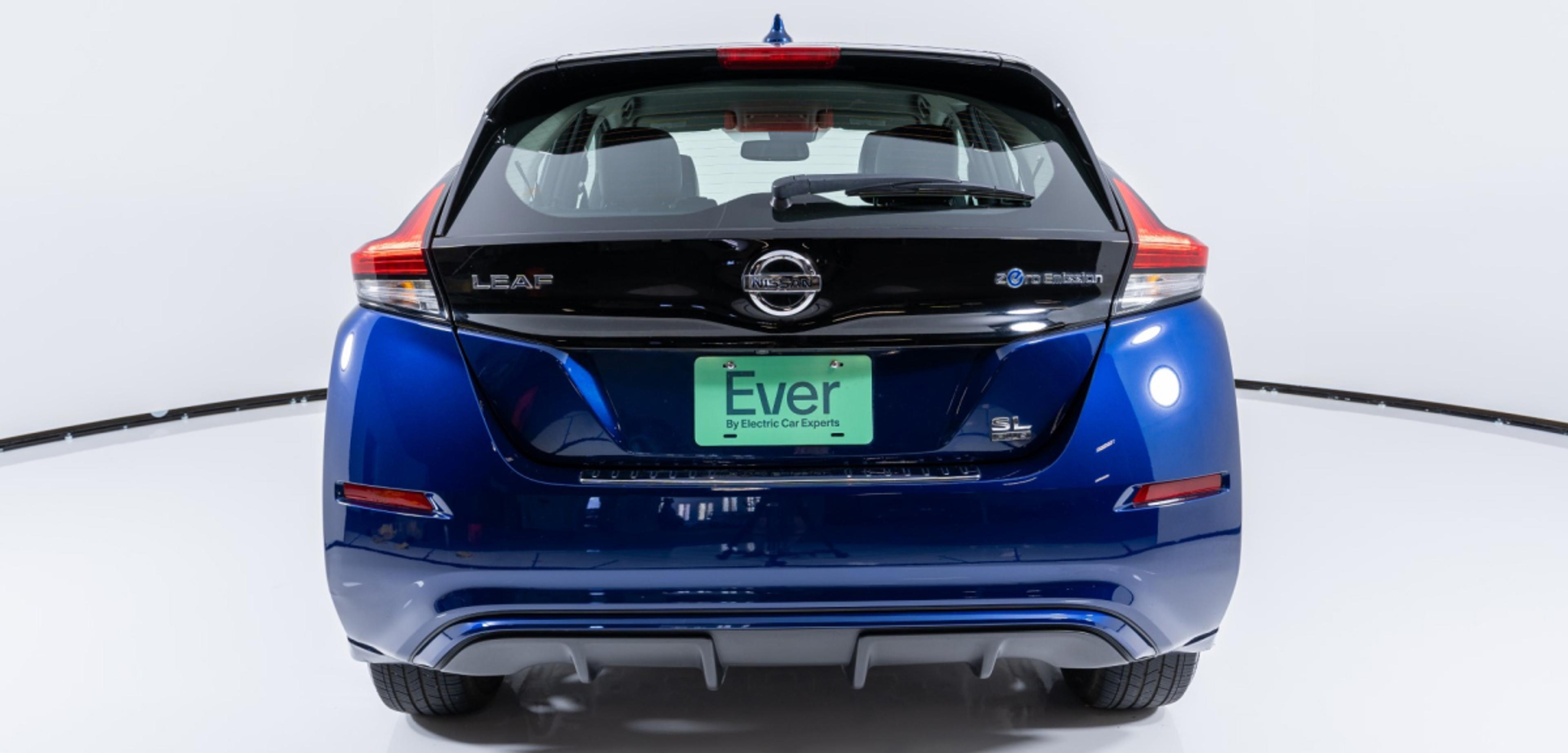
2022 Nissan LEAF
For the 2022 model year, Nissan dramatically slashed prices, making the LEAF (at the time) the least expensive new electric car on the market. Along with the price decrease comes additional tech. All LEAF examples will ship with CHAdeMO fast charging as standard, which was far overdue. The SV Plus example now comes with ProPilot Assist as standard, rather than a paid upgrade. Nissan also eliminated the SL variant, opening the lineup to five trims.
- Battery size: 40 to 62kWh
- Charging: 50 to 100kW, CHAdeMO
- Range: 149 to 226 miles
- Power: 147 to 214 horsepower
- Available trims: S, SV, S Plus, SV Plus, and SL Plus
2023 Nissan LEAF
The 2023 Nissan LEAF was the first model year since 2018 in which it received a noticeable cosmetic upgrade. In came a new front bumper design sporting a more refined design thanks to a backlit insignia. Nissan also introduced new wheel designs for the Plus model, sprucing up looks a bit. However, all the changes weren’t positive. Nissan eliminated the SV, S Plus, and SL Plus versions, rendering just two trims available: the S and SV Plus. This means that it’ll have cloth seats and no Bose audio even in top guise.
- Battery size: 40 to 62kWh
- Charging: 50 to 100kW, CHAdeMO
- Range: 149 to 212 miles
- Power: 147 to 214 horsepower
- Available trims: S and SV Plus
